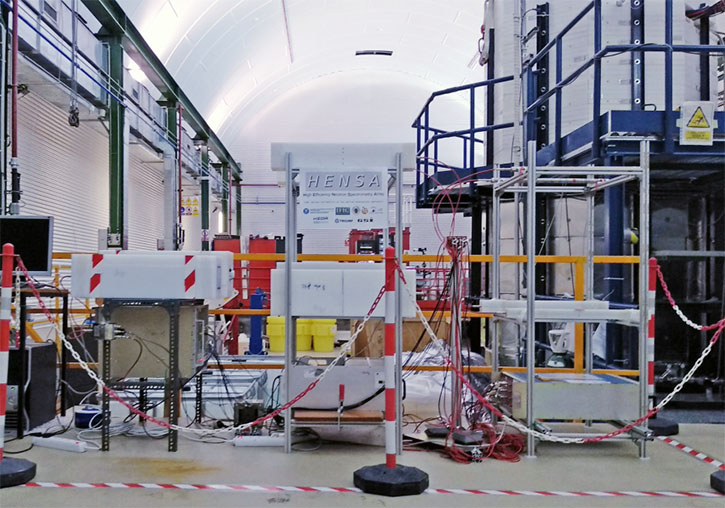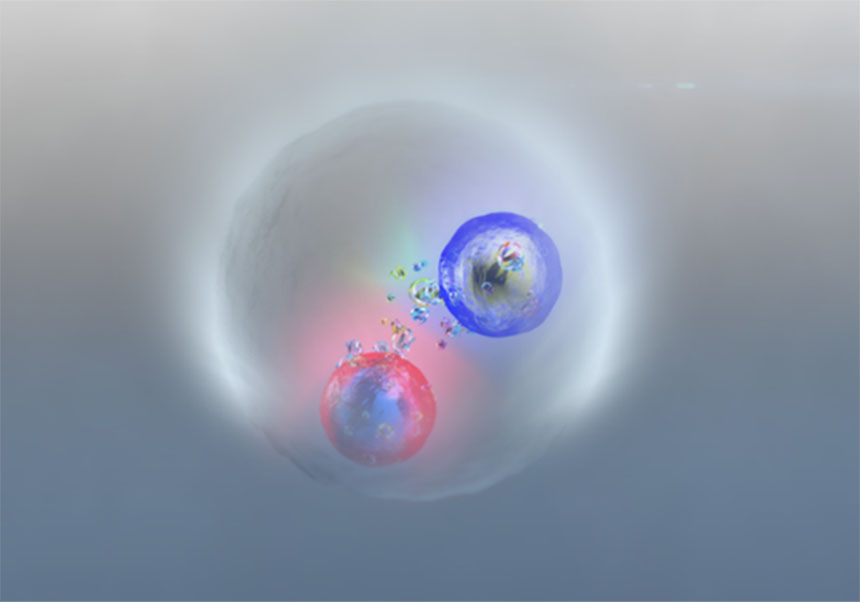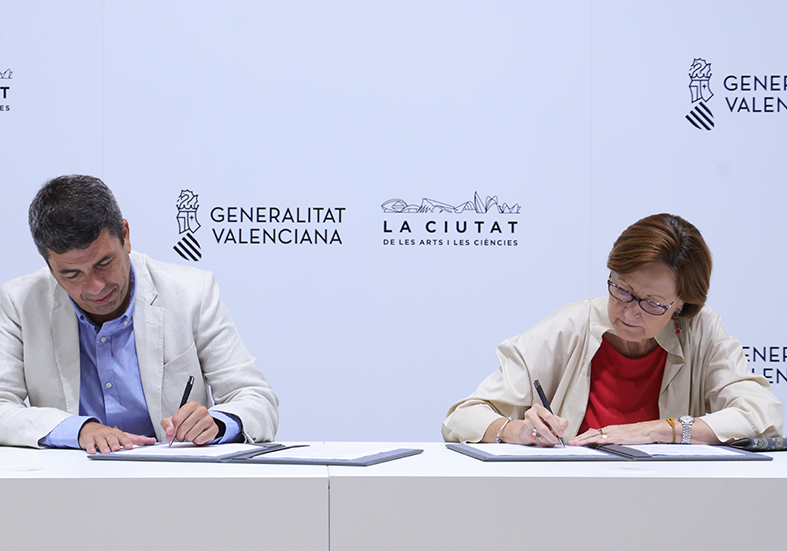The IFIC performs the first long-term measurement of environmental neutrons in the Canfranc Underground Laboratory
- Science Park
- October 17th, 2022

A research group from the Institute of Corpuscular Physics (IFIC, University of Valencia/CSIC) has carried out the first long-term measurement of ambient neutrons at the Canfranc Underground Laboratory (LSC). For this they have used the High Efficiency Neutron Spectrometry Array (HENSA) detector, developed with the participation of IFIC itself and now installed at the LSC. The results have been published in the European Physical Journal C.
The aim of this study is to know the number of environmental neutrons and their evolution over time, in order to avoid their interference in the rest of the experiments carried out in the laboratory.
The underground labs are dedicated to conducting experiments with extremely low count rates, that is, the events of which do not occur very frequently. They are investigations in very diverse fields, from nuclear astrophysics and astroparticle physics to biology or geology, to give a few examples. To improve the quality of these investigations, it is essential to account for the noise of unwanted particles that can sneak into the detectors.
In the case of this study, the measurement of neutrons carried out by HENSA –the high-efficiency neutron spectrometer designed with the participation of IFIC– in room A of the LSC it has been carried out continuously for a total of 412 days. The results show the long-term variation of the neutron count rate at the Canfranc Underground Laboratory, of importance for various low-background experiments installed there, including searches for rare events.
This is the first long-term measurement of neutron rate with sensitivity over a wide range of energies made in any underground laboratory to date. The team has also obtained data on the environmental variables inside the experimental room –radon concentration, air temperature, atmospheric pressure and humidity– throughout the measurement campaign and has investigated for the first time the evolution of the neutron rate for different energies and their correlation with environmental variables.
Researchers from IFIC-Valencia, UPC-Barcelona, UCM-Madrid, HDZR-Dresden (Germany) and TRIUMF-Vancouver (Canada) have participated in the work.
References:
“Long-term evolution of the neutron rate at the Canfranc Underground Laboratory”, S.E.A. Orrigo et al., Eur. Phys. J. C 82, 814 (2022), https://doi.org/10.1140/epjc/s10052-022-10755-6
File in: Ciencias Tecnológicas , Astronomía y Astrofísica
















